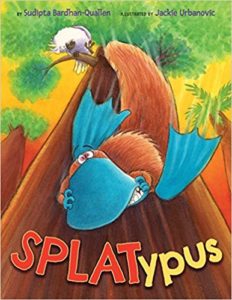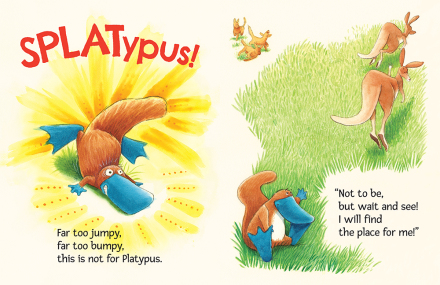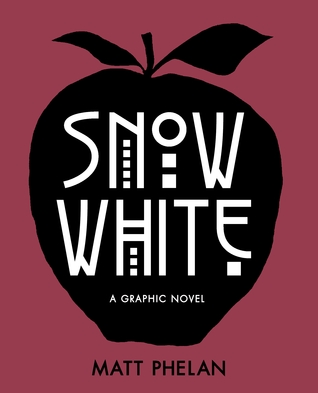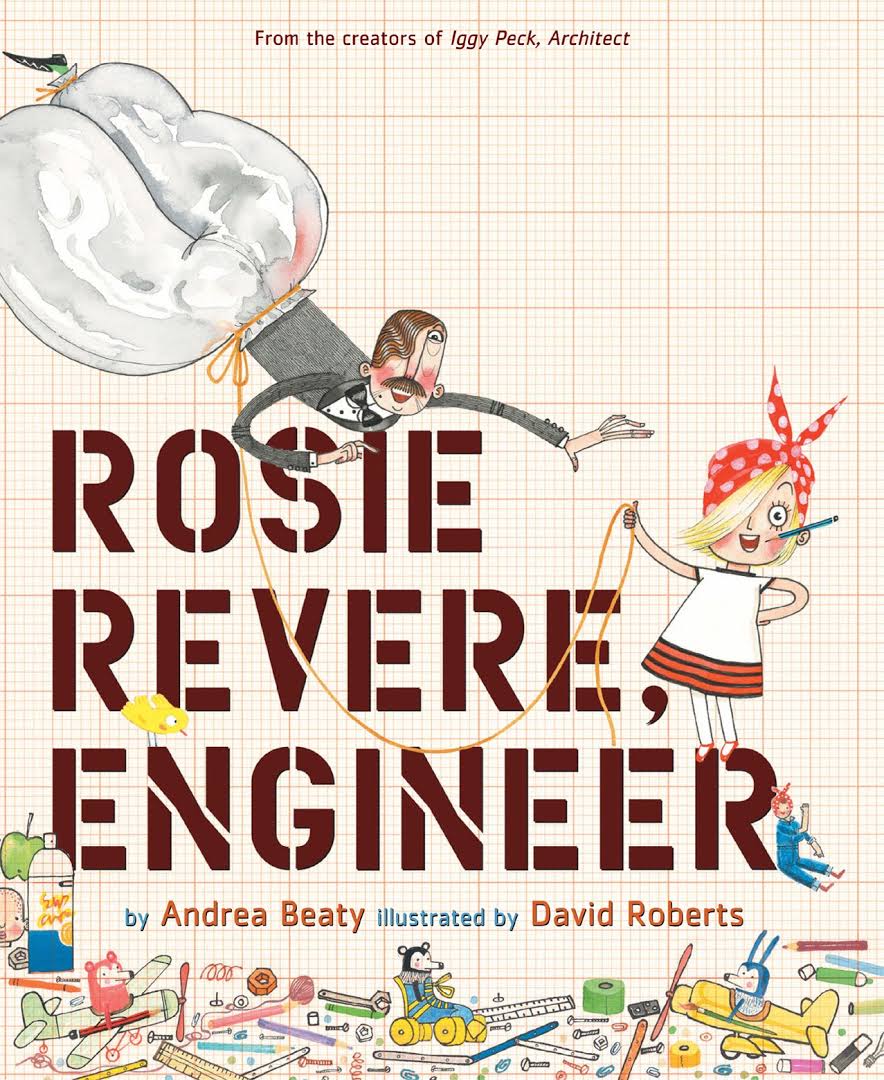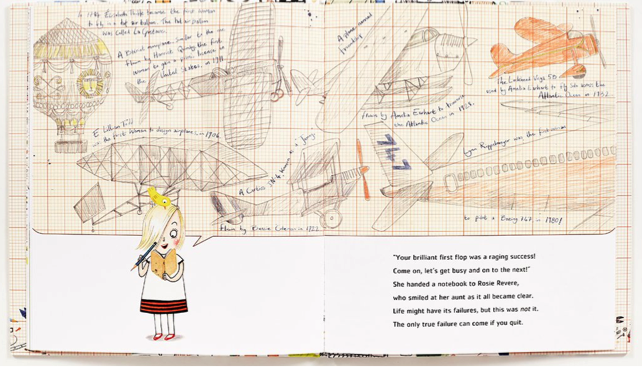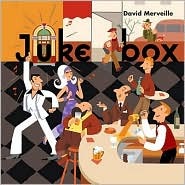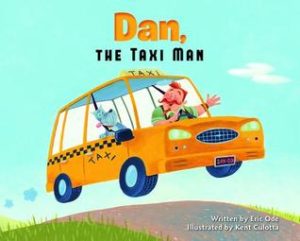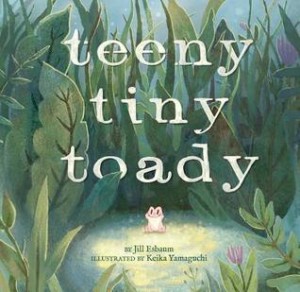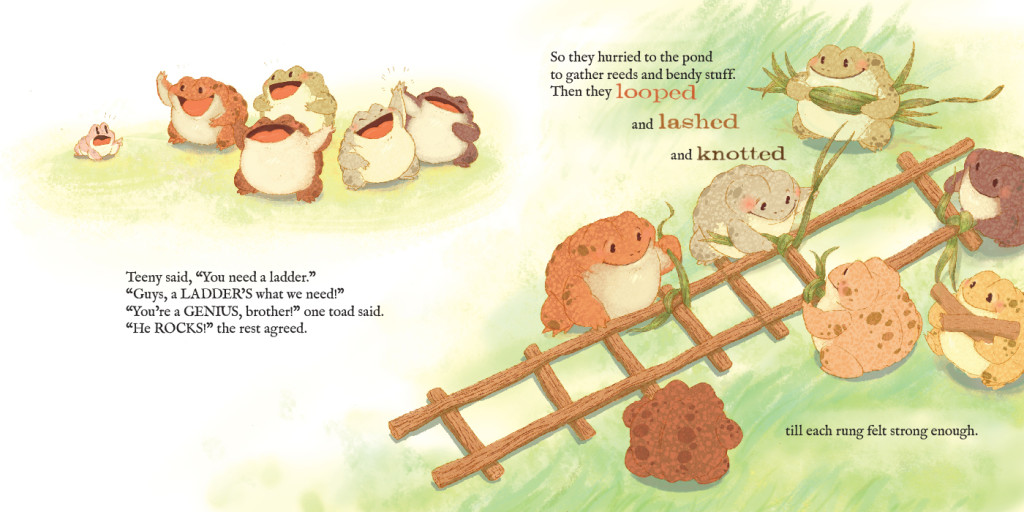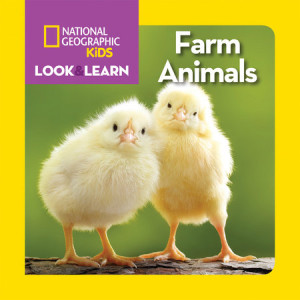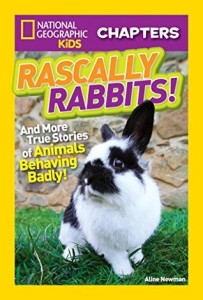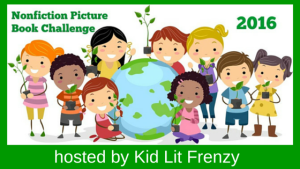
Nonfiction Wednesday
Nonfiction Picture Book Wednesday is hosted by Kid Lit Frenzy and was started to help promote the reading of nonfiction texts. Most Wednesdays, we will be participating and will review a nonfiction text (though it may not always be a picture book).
Be sure to visit Kid Lit Frenzy and see what other nonfiction books are shared this week!
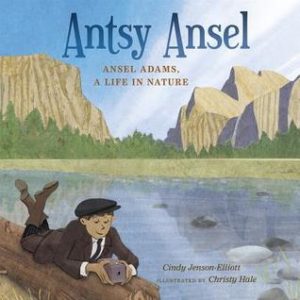
Antsy Adams: Ansel Adams, A Life in Nature
Author: Cindy Jenson-Elliott
Illustrator: Christy Hale
Published September 6th, 2016 by Henry Holt and Co.
Goodreads Summary: You may be familiar with Adams’s iconic black-and-white nature photographs. But do you know about the artist who created these images?
As a child, Ansel Adams just couldn’t sit still. He felt trapped indoors and never walked anywhere–he ran. Even when he sat, his feet danced. But in nature, Ansel felt right at home. He fell in love with the gusting gales of the Golden Gate, the quiet whisper of Lobos Creek, the icy white of Yosemite Valley, and countless other remarkable natural sights.
From his early days in San Francisco to the height of his glory nationwide, this book chronicles a restless boy’s path to becoming an iconic nature photographer.

About the Author: Cindy Jenson-Elliott is the author of 17 books, a teacher and environmental educator. She teaches writing workshops through her small business Words to Go (www.wordstogosd.com) You can see her work on her website at www.cindyjensonelliott.com.
Kellee’s Review: As a child of a museum director and a photographer, Ansel Adams has been a name that I’ve known since I was quite young. He was one of the first artists whose work I could identify on my own. I was fascinated by his photographs–almost spooky in their lights and shadows but beautiful to where you cannot take your eyes off of them.
I loved learning about Ansel as a child. His story rang true as a teacher especially because there are so many kids like Ansel who are not made for the traditional setting of school yet are brilliant and should be educated a bit differently than the norm. Cindy Jenson-Elliott and Christy Hale do a very good job at showing and telling how Ansel viewed the world. With detailed illustrations, onomatopoeias, and a rhythmic texts, Ansel’s story is told in such an authentic way that really takes the reader into his brilliant mind.
Ricki’s Review: I’ve heard the name Ansel Adams, but I never connected it to the beautiful photography. I am so glad to have read this book because it made me aware of an important man that I didn’t know much about! As a mom of a son that is always itching to go outdoors, this was a great book to read to him. He felt very connected to Ansel! It also taught him all of the lessons he learns while he is outside! It is great to learn about who this man was as a child and what his life was like when he was growing up.
Teachers’ Tools for Navigation: Ansel’s story fits into art, history, and language arts. Ansel Adams is a very significant artist of the 20th century and his story could be told within the context of art history or American history. The historical aspect in addition to the imagery, figurative language, and rhythm makes this text perfect for the classroom.
Discussion Questions: How did Ansel’s life change after his dad pulled him out of school? How did this choice affect the rest of his life?; How did Ansel’s personality differ from what the school expected of him?; Who do you think had the biggest influence on Ansel’s life?; Ansel was able to do what he loved for a living. What do you love to do? How could you make a living doing it?
Author Guest Post: I really enjoyed working on this book, partly because I loved the character, but also because I spend a lot of time in the places Ansel Adams haunted. I went to Yosemite for the first time at the same age as Ansel Adams went. And each year, my family treks up to the High Sierra to camp and explore.
I also loved deeply immersing myself in his life and discovering so many things I had not realized: that he explored nearby nature — not far away and exotic locales — as a child, and that forged his connection with the natural world; that he did commercial work to make a living for his family (so affirming for artists and writers who have to do the same thing!); that he was a concert pianist.
Sometimes when you deeply research a life in order to write a biography, you fall a little bit in love with your subject. Though this was my first biography, from what I understand from other biographers, that’s a common experience. I also understand that many biographers, after spending a few years with someone, fall out of love as they discover all the dimensions of a personality. That didn’t happen for me with Ansel Adams. Reading about the person, seeing where he lived and what he valued throughout his life, and particularly through reading autobiography, I felt such admiration and respect. In a well-written autobiography, you get into a state where you feel like you are experiencing a person’s essence. Reading Ansel Adams’s autobiography was like that for me — his poetic word choices, the way he described the world he lived in and his experience in that world, I had the feeling of standing beside him and seeing his world through his eyes. I wanted to carry that essence into my picture book about Ansel Adams. I wanted young readers to feel what Ansel Adams must have felt making a connection with nature in quiet Lobos Creek behind his house, or meeting his beloved Yosemite for the first time. I wanted the experience of reading Antsy Ansel: Ansel Adams, a Life in Nature, to be visceral. I hope that through my words and Christy Hale’s collage art, that people experience the world through a beautiful set of eyes.
Flagged Passages:
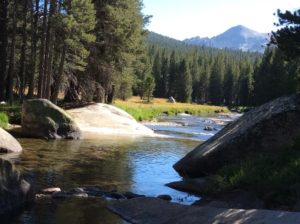
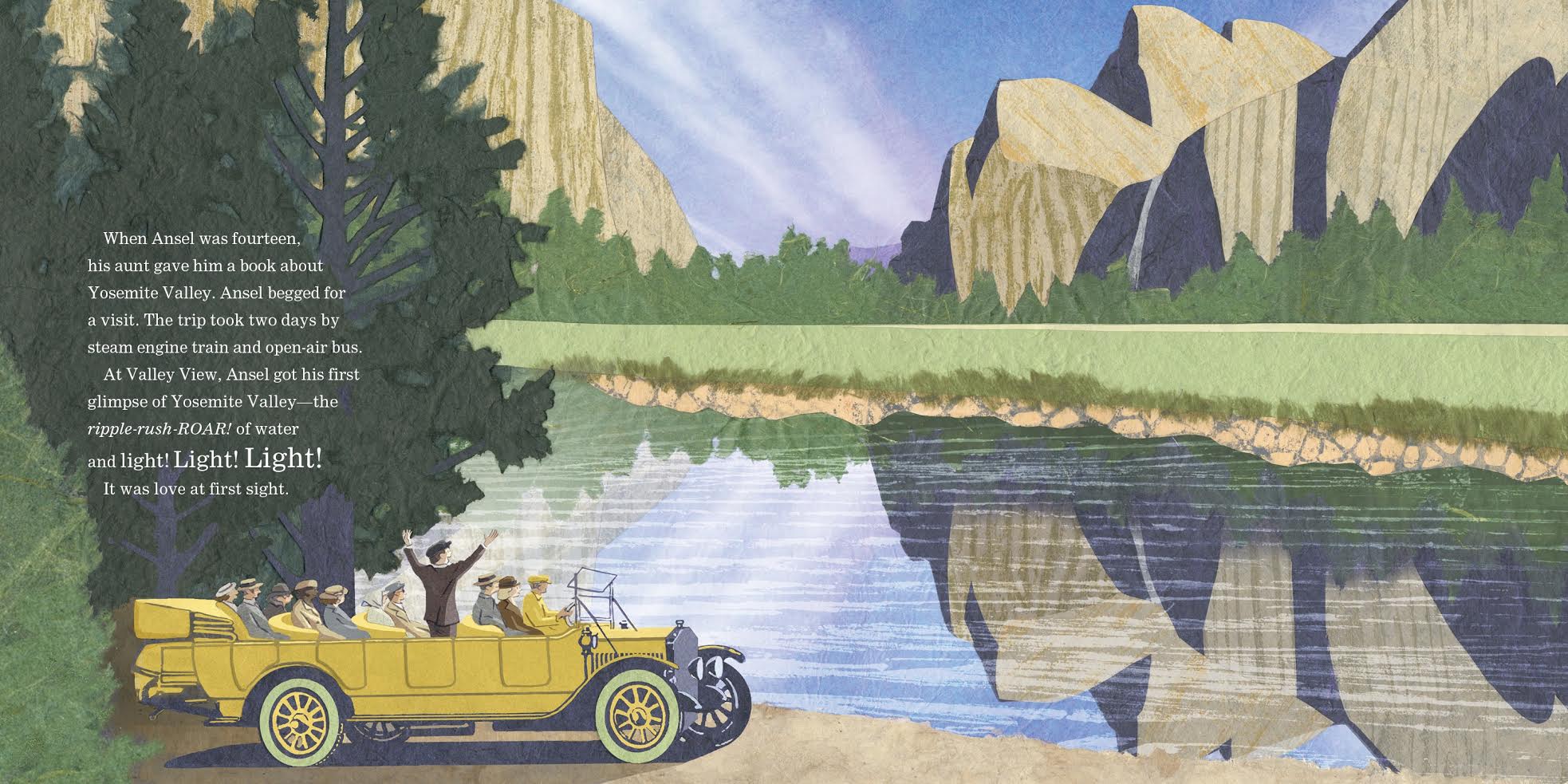
(Yosemite photographs to see the beauty and precision of Christy Hale’s artwork)
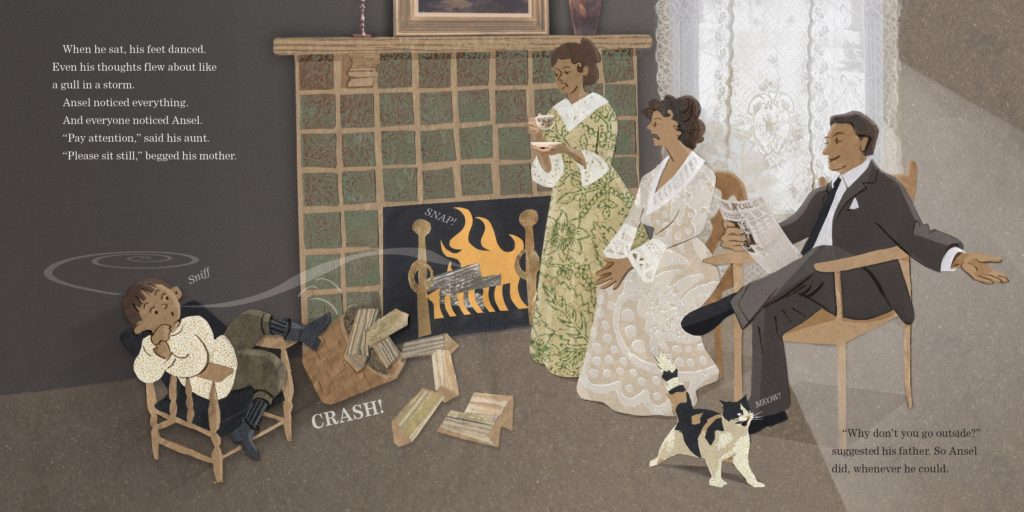
Read This If You Love: Art/photography, The Noisy Paintbox by Barb Rosenstock, The Museum by Susan Verde, Dorothea’s Eyes by Barb Rosenstock, Photos Framed by Ruth Thomson, The Sky Painter by Margarita Engle, On a Beam of Light by Jennifer Berne
Recommended For:




Giveaway!
a Rafflecopter giveaway
 and
and 
**Thank you to Cindy and Morgan at Macmillan for providing copies for review!**
